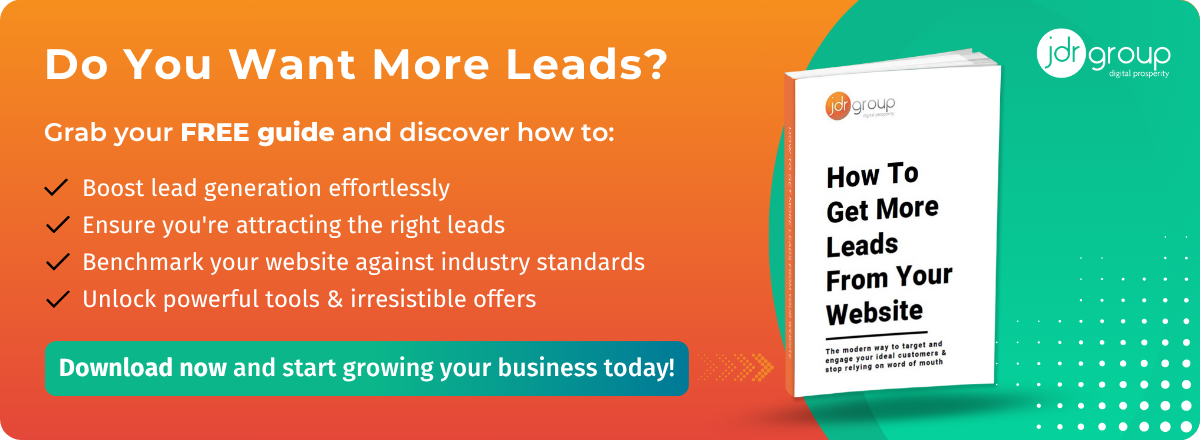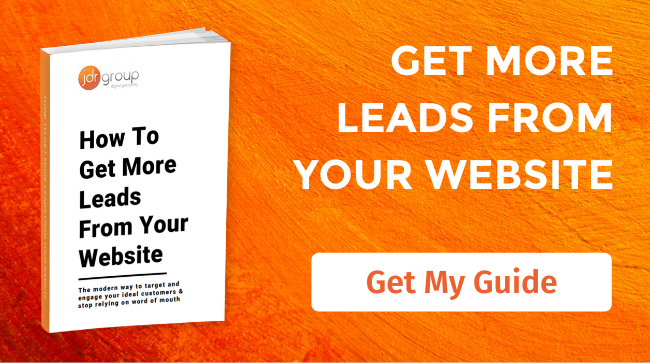What Is A Lead Generation Campaign?

Everyone always preaches the idea that “Content Is King!” and they're not wrong! Content creation is absolutely fundamental to the success of any business, but tactful marketers with their eye on the ball will also tell you that lead generation is the true queen of the chess board.
In essence, a lead generation campaign is used to create interest around a certain product or service with the aim of building stronger relationships with your target audience. Some people make the mistake of believing lead generation campaigns are instantaneous – click your fingers and hey presto more sales for your business! This simply isn't the case. Lead generation tactics must play a role in every aspect of your marketing in order to be successful, including your PPC, SEO, the design of your website and your social media strategy.
The Lead Generation Funnel
Many marketers regard the Lead Generation Funnel as the God father of sales strategies. Much like a funnel used in real life, this strategy works by taking a large number of prospects and gradually whittles them down to high quality paying customers. The steps are as follows:
Step 1) Awareness
The first step is fairly simple - you need to focus on getting your message out there! You can tell people about your products or service through email marketing, advertising through PPC ads, social media or uploading content to the internet like videos, blogs and infographics. The point of this stage is to cast a wide net and 'touch' or inspire as many people as possible, however it is imperative that you can actually track and monitor the outreach of your content through tracking codes or landing page submission forms.
Step 2) Collect & Analyse Your Data
After gathering your data (this will usually be names and email addresses) you will then have a database of potential prospects that can be converted into new customers. You then need to decide which prospects are worth pursuing.
Step 3) Reaching Out
After looking at your data it's time to engage your prospects; you must strike while the iron is hot though. There is no point contacting one of your leads three weeks after they applied for your free eBook online.
It's also important to prepare yourself/your sales team properly before contacting your prospects. For example, if your new lead applied for your eBook on “How To Create Stunning Hanging Baskets” then there is no point in contacting that person with further information on how to design your own water feature. It's true that both of these services are related to gardening – but you must keep in mind what each prospect is actually looking for. Carefully analyse your data before contacting the customer, if you don't your business will come across as another tedious cold call.
Step 4) Lead Nurturing
If after reaching out your prospect is still interested in your content, then this is the point in time where you start developing the relationship. Inject a little bit of your business' personality. Show them why you're the best and why they should be interested in your products and services. Showcase yourself as a valuable, reliable resource!
However be extremely careful not to scare them away by throwing yourselves at them. Always remember it's never a good look to come across as pushy. If your prospect is hesitant (or not interested at that precise moment) then leave them alone for the time being. Hounding people with frequent sales calls will only push them away from your business.
There is no harm in still sending your leads high quality content through email or newsletters, because maybe at some point down the line that customer will be in need of help, and they will turn to your business because you weren't overly pushy when you first contacted them.
The steps in the Lead Generation Funnel should work for everyone, however each step in the process may need to be altered or repeated to gain the desired effect. It is critically important that the key performance indicators (KPIs) of your campaign are recorded (such as the number of leads generated and how many of those leads were successfully converted) so you can judge if your current strategy is working.
The Marketing Hourglass
In recent years other lead generation strategies have emerged from the woodwork. Duct Tape Marketing claim that a more holistic approach to lead generation is the Marketing Hourglass framework. This approach aims to focus more on referral marketing in order to generate more sales. This framework is comprised of the following steps:
Step 1) Know Your Market
Take a look at what advertising techniques work in your industry and start implementing these tactics in your own marketing.
Step 2) Like
You need to create engaging content that your customers need and want. You need to give your customers a reason to return to your website, as well as give your customers a reason to trust your team of employees.
Step 3) Trust
How trustworthy and reliable is your business? It's a good idea to ask your customers to write reviews and testimonials, and then share this information with future customers to build your brand reputation.
Step 4) Try
At this point your customers should be wondering how exactly you can help them. Why should they invest in your company over anyone else's?
Step 5) Repeat
Make sure your customers receive and understand the value of your content. Keep repeating and reinforcing that your business is the best in the industry to build your credibility.
Step 6) Refer
If every customer you interact with has a positive experience with your company they should (in theory) promote you to other people – therefore fulfilling the framework's purpose of generating new leads through referrals!
As always, a lead generation campaign is only useful if you can actually measure the progress and the outcomes of the campaign. At every stage you need to look at your data and determine if you should repeat what you've been doing, or should you change the status quo and try something new.
Two Peas In A Pod
Syncing your content marketing with your lead generation campaigns is fairly easy. Here's a list of the different types of content you can publish or advertise to build trust with your customers:- eBooks / cheat sheets / checklist guides (These resources are a great way to educate your customers, build relationships and gain credibility in your industry)
- Newsletters
- Webinars
- Online courses / demos
- Contests and quizzes! (This style of informative fun content works wonders on social media!)
- Visuals (Always remember the importance of quality over quantity when it comes to creating content.
- Rich visual material like graphs, videos and infographics are a great way to spark interest with your customers. Plus, this type of content is great to share over social media)
Final Thoughts
Don't be scared of lead generation campaigns because they aren't as complicated to implement or to understand as you may think. It's all about defining your company and your brand message, followed by creating content that showcases your knowledge and expertise in order to encourage customers to contact you. For further information on lead generation check out these articles:
- 5 B2B Lead Generation Strategies Your Competitors Aren’t Using!
- Effective B2B Lead Generation Strategies - Where To Begin
The JDR Group specialises in inbound marketing services. Please get in touch with our team for a free review of your current strategy and for helpful advice on how we can boost your business' ROI through lead generation tactics.




